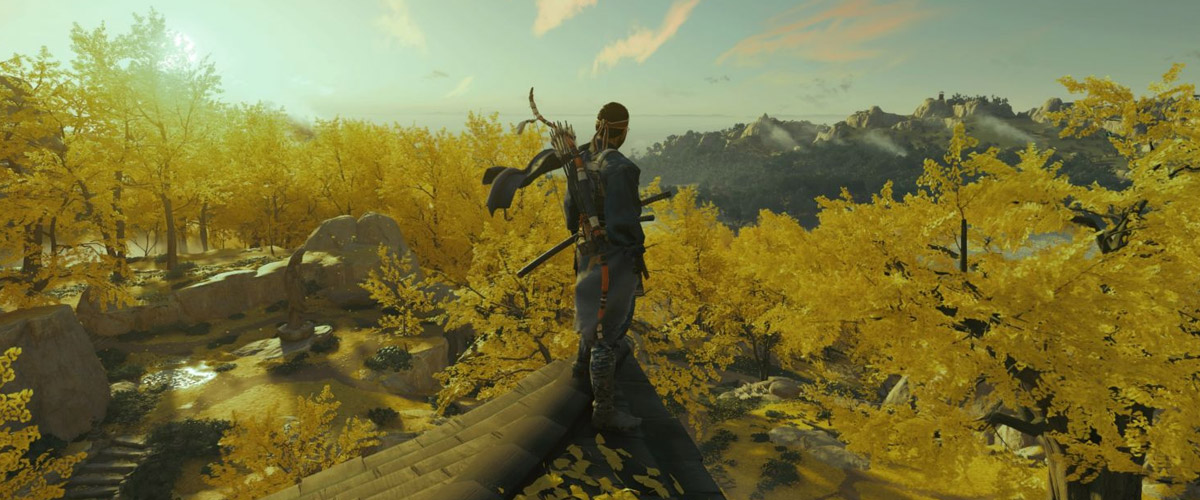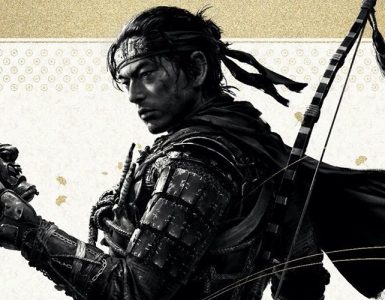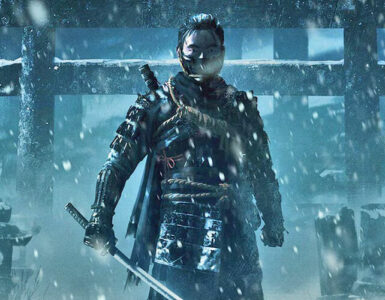Sucker Punch’s Ghost of Tsushima has reignited discussions about cultural appropriation in video games – one which has never really found a satisfying resolution for all parties. After Horizon Zero Dawn, Overwatch, Far Cry and more, why is it essential for this fire to remain aflame?
Gamers all over have heard something about Sucker Punch’s latest action title, Ghost of Tsushima – it is ‘a masterpiece’ and deserving of its recent accolades. It pays homage, is brilliantly accurate in its depiction, and is stylish in execution. But not soon after, there were some voices that also rang out, calling the game out for its imprecisions, that it is racist and flawed, and a clear example of cultural appropriation.

At the heart of it all is a game steeped in Japanese history and samurai culture, but its perceived failure is that it was not made by a team of Japanese storytellers.
On the flip-side, many have come to the game’s defence by citing positive Japanese reviews (from both professional reviewers and everyday gamers) that celebrate the premise and foundation of the game, including a rare perfect score by noted Japanese gaming publication, Famitsu (one of only three perfect scores ever given to a game made by a Western developer), as well as an official endorsement from the Kurosawa Estate, as the game has been influenced by the late Japanese filmmaker.
If nothing else, the game serves as a reminder that any artistic medium can elicit visceral reactions from its audience as a result of their expectations and experiences. While we desire for games to succeed in the tall order of speaking about us, to us, and for us, we should not forget that games also provide the opportunity to speak about others, to others, and for others as well.
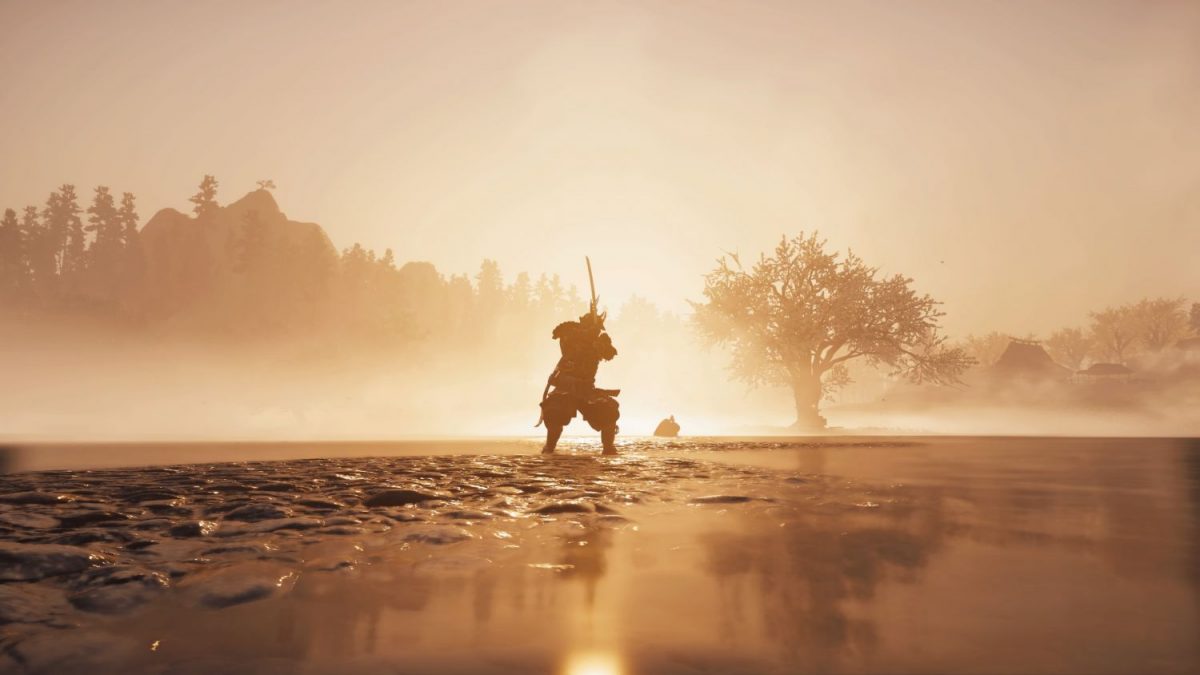
The diversity in opinion about Ghost of Tsushima is remarkable, but not surprising. The last decade has been exciting for gamers because of how far gaming has come in being taken seriously as an art form. In 2019, Death Stranding released to critical acclaim and debate surrounding its genre-bending gameplay amidst a haunting and atmospheric world.
Just a year prior, Celeste gave voice to its creators and many others dealing with depression. More recently, the debates surrounding The Last of Us Part II in terms of story-telling and representation, as well as the discussion of Ghost of Tsushima’s representation of Japan or Japanese culture continue to signal the maturation of the industry and its gamers – games are more than just entertainment.
They have a story to tell and have started to generate great acclaim. Gamers, game reviewers, and game-makers now desire wider and stronger representation of cultural and lived experiences in the industry, and are making incredible works of art.
That’s not to say that these discussions, such as this one on the ethics of cultural appropriation, are new when in reality, they crop up ever so often. Many have kept up with the long-standing debate surrounding the appropriation of Native-American or Maori influences in Overwatch skins, even as Horizon Zero Dawn’s use of Native-American influences in design, and the inclusion of words such as ‘braves’, ‘primal’, and ‘savage’, also drew cynicism.
Both these examples showcases audiences and journalists pushing for more appropriate representation, which may have otherwise remained overlooked. Regardless of whether you were against Blizzard’s initial decision to include these skins, or if you were perfectly fine with the use of ‘braves’, some good came out of holding developers to higher standards when it comes to correct representation, as the resulting feedback generated enough buzz for both developers to publicly address these matters.
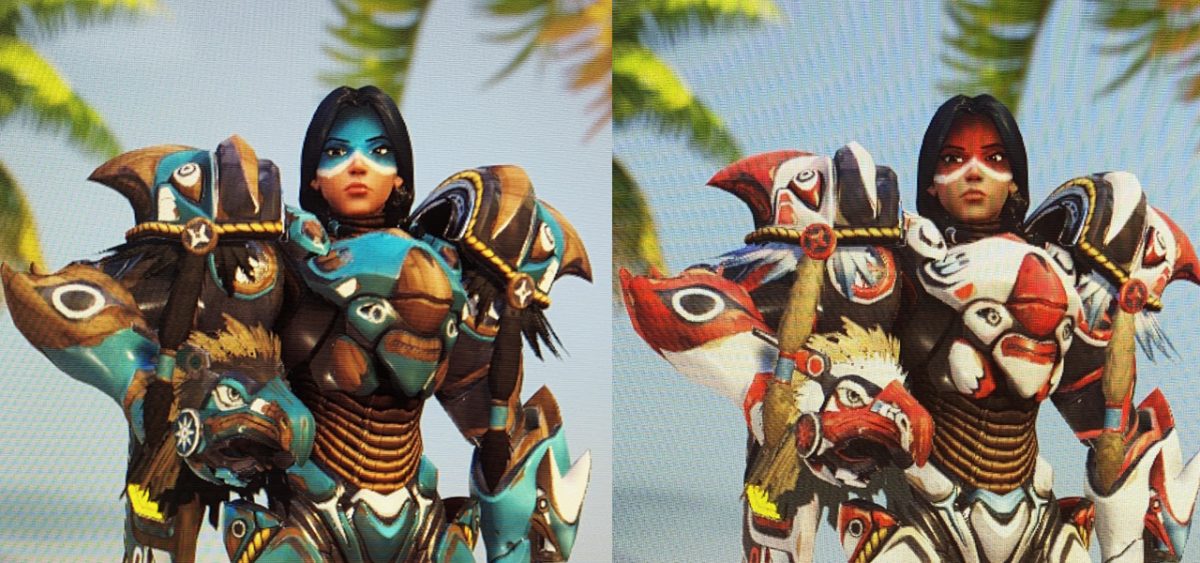
This optimism toward “learning from mistakes” however, could stem from a point of privilege. It overlooks the genuine fact that, for example, none of the communities being referenced in the character Pharah, an Egyptian hero from Overwatch who has Native American-styled skins, are compensated in any tangible way. In this sense, this instance of appropriation would not be fair cultural exchange.
If we are to understand that not all appropriation is equal, however, it is perhaps important to consider how we should even categorise cultural appropriation. In an article for Communications Theory, Richard A. Rogers (2006) identified four types of cultural appropriation: cultural exchange, cultural dominance, cultural exploitation, and transculturation.
Cultural exchange denotes a reciprocal exchange with roughly equal levels of power, while cultural dominance is when a subordinate culture has a dominant culture imposed upon them.
Cultural exploitation, which many feel applies to Overwatch and Horizon Zero Dawn, is when a subordinate cultures’ elements are appropriated without any reciprocation or compensation. Lastly, transculturation refers to new cultural elements that are created from or by multiple cultures such that identification from a singular origin is challenging.
Which category does Ghost of Tsushima lie in, then? Trick question: the answer is all of them and none of them, at the same time.Is there an exploitative element to a Western developer creating a game about Japan? Maybe – except that, Japanese companies creating games about reconnecting a Post-Apocalyptic America, or an Italian plumber rescuing a princess, are probably kind of exploitative as well by those standards.
When comparing between two cultures in a globalised gaming industry, what metrics do we use to determine who the subordinated and dominant cultures are? In some cases, it is self-evident due to a difference in economic or soft power(s). However, in this case, Sucker Punch is an American company owned by Sony, a Japanese company.
Both Japan and America have strong presences in the gaming industry – as evidenced by the state of 2020’s current list of best-selling games. Is this relationship more symbiotic rather than exploitative? In the case of Ghost of Tsushima, what is the net reciprocation or benefit to Japan or the Japanese culture from this instance, of a Western company co-opting its culture?
Of course, the water gets a little muddier when we consider the impact this has on Asian-Americans, who would be living day-to-day as part of a subordinated culture. To them, seeing American composer and multi-instrumentalist Cornelius Boots play the Shakuhachi bamboo flute in traditional Japanese costume at E3 2018’s reveal of Ghost of Tsushima would have been reminiscent of another “Ghost” – Scarlett Johansson’s casting as Major in 2017’s Ghost in the Shell, an American remake of an iconic Japanese manga and anime.
It was no wonder Asian-Americans and their allies responded in outrage as they asked, “Can someone at @sony please explain why you chose NOT to hire a Japanese performer to wear traditional Japanese wardrobe, for a Japanese game […]?”
As it turns out, Cornelius Boots is one of the few recognised masters of the instrument, and as many commentators pointed out Post-E3, it is exactly appropriate to don conventional costume(s) for a performance that is rooted in tradition. Despite these clarifications, some will continue to maintain that the costume was “not cool”.–
It is perhaps interesting to note that E3 2018 happened a little more than a month after the “My culture is not your prom dress” incident, when a white girl wore a traditional Chinese Qipao to her prom. Once again, Asian-Americans and their allies were outraged with someone adopting their culture, but Asians from Asian-dominant countries were reportedly unperturbed and even flattered that a Chinese dress would find its way into a prom. This diversity in reaction is a result of different lived experiences from both camps. Since 2013, there have only been three “Triple A” Western studio games made with an Asian protagonist in an Asian setting, while audiences from Japan are used to games being made about them and for them. Ronny Chieng, a Malaysian comedian based in the US who also spent his formative years in Singapore and Australia quite aptly jested:
“I don’t know what it’s like to be a minority Asian because I come from Asia. We’re all Asian over there.”
Ronny Chieng, in a comedy sketch on Just for Laughs
Fast-forward to 2020, and Ghost of Tsushima is once again being called out for a variety of alleged sins: cultural appropriation, historical or language inaccuracies, glorification of the samurai myth, and a failure to capture the “essence” of Akira Kurosawa’s filmmaking being chief among these gripes.
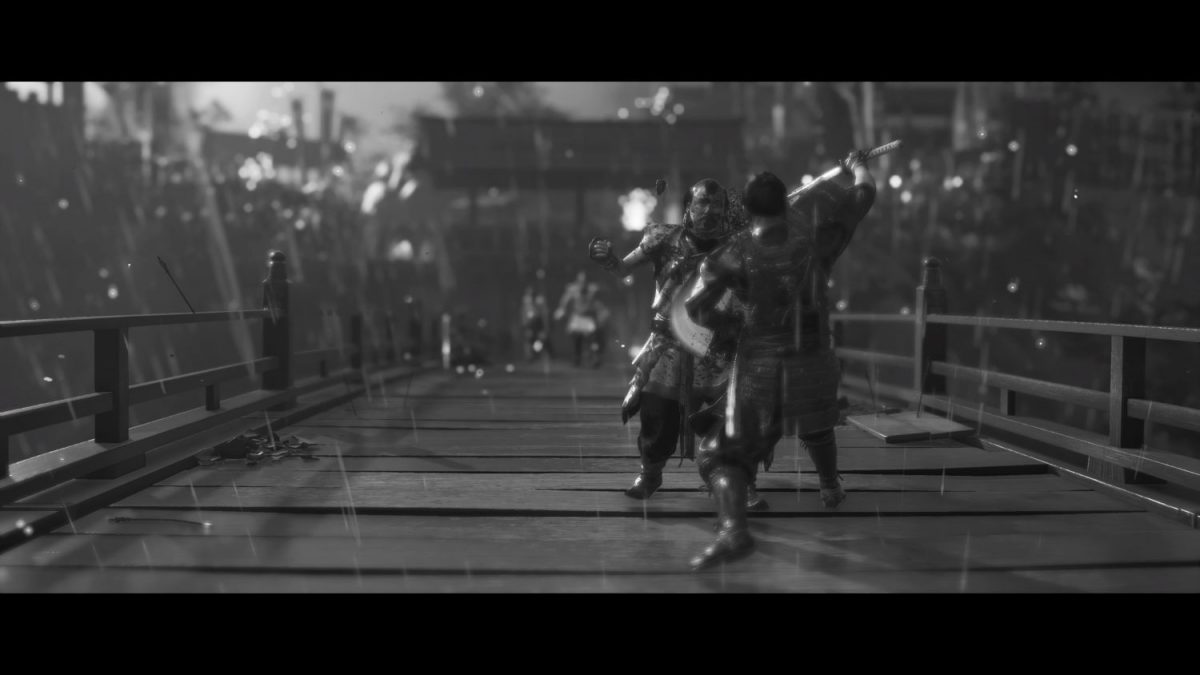
As it stands, there is a somewhat uncomfortable impasse where detractors and proponents of Ghost of Tsushima’s cultural appropriation remain vocal but entrenched within their own camps. The consensus in both camps seem quite simple: either it’s not poor appropriation (but good appreciation) because the Japanese approve of it, or it’s distasteful appropriation because it’s not Japan-made, has inaccuracies, and exploits the Asian minority within the Western world.
It is a difficult bind to break out of because it raises a lot of questions. Do Asian-Americans who have had to live with racism, aggression (or micro-aggression), and problematic (but sometimes veiled as positive) stereotypes have a voice when their culture is being appropriated? Or, do Asians from China and Japan respectively, where they are the dominant group, have the last say in whether their cultures have been appropriately appreciated and paid homage to? To put it crudely, how do we balance between:
- Not exploiting Asians who have grown up in a world which consistently diminishes their Asian-ness, and
- Giving global prominence to Asian culture for those who have grown up in a society which constantly celebrates their Asian-ness?
One interesting example of this dynamic at work is Mulan (1998), which featured the titular character cutting her hair short prior to taking on the guise of a male soldier. While seemingly innocuous, the decision was culturally and historically at odds because it was inaccurate, as men in ancient China did have long hair, so showing Mulan cutting her hair would mean nothing. Yet, it was capable of speaking to and about the lived experiences of Asian-Americans who often felt the need to change themselves in order to assimilate to a dominant culture. In this instance, the creatives inadvertently lost some in order to win some.
In order to move beyond pigeonholing any act of cultural appropriation, there is a need to acknowledge that many instances of appropriation can be both appropriate and inappropriate depending on the lenses we wear. That is not to say that there are no outrightly distasteful instances of cultural exploitation – Kim Kardashian’s attempt to patent a clothing label named “Kimono”, which is a traditional Japanese garment and the national dress of Japan, comes to mind.
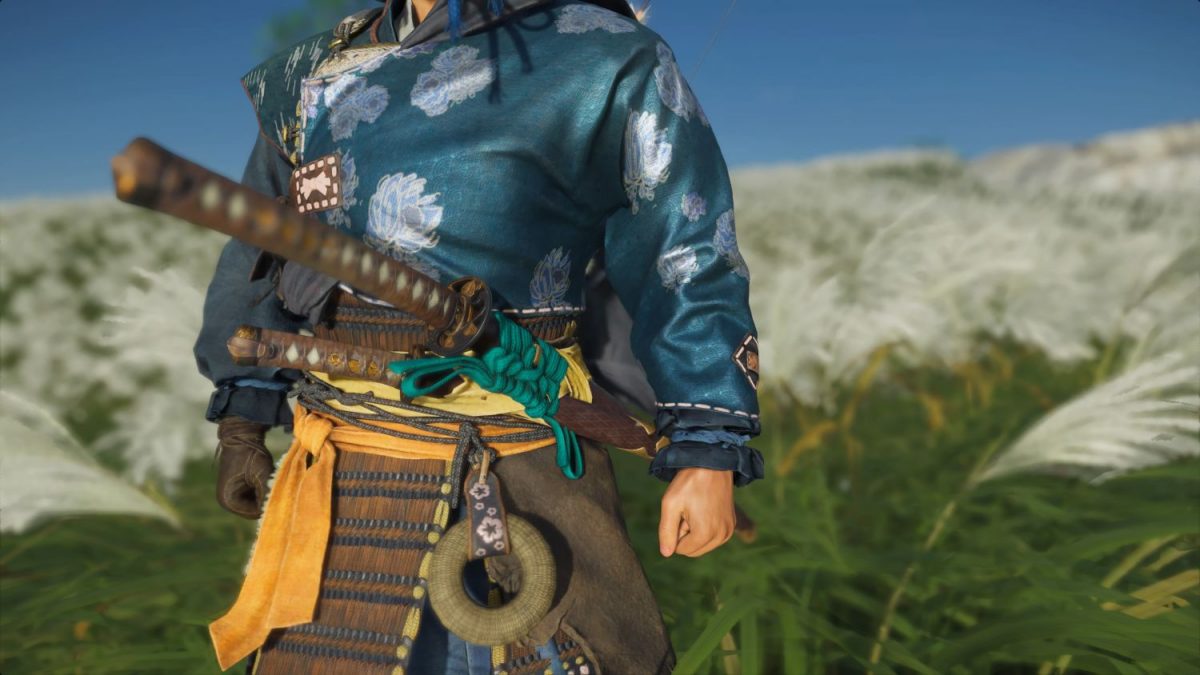
What this episode with Ghost of Tsushima, as with many others before, should teach us is that there are a variety of lived experiences and historical contexts with which we must negotiate, and that we should not be so quick to judge the validity of those who disagree with us.
The discussion over cultural appropriation is multi-faceted and involves looking at the process of creation and adoption from a variety of lenses, including audience/creator power, accuracy, individual and societal ideals. Cultural exchange, and transculturation, are ways in which cultural elements evolve.
Of course, this runs the risk of cultures being dominated, exploited, or overlooked – particularly when power imbalances are more prominent. This danger escalates when we conflate several communities with distinctive cultures into broad terms such as “Asian” or “Native-American”, unfairly aggregating dozens of different geographical or ethnic cultures into an indistinguishable bundle. We must guard against that.
However, to insist that our concepts of cultures, whether we identify with them geographically or by proxy, are static would be to deny the potential for evolving our sense of self-understanding. Similarly, when we assume that another’s culture has a static or immovable essence which should never be renegotiated, we run the risk of never engaging with the discordances inherent within each culture.
Ultimately, cultures are in flux, and we must not pretend, for example, that the cultural experience for a person of Asian heritage living in Asia is the same as an Asian living in another country – and vice versa. And, let’s not forget that Asia itself hosts a mix of cultures from many different countries, with nationality sometimes playing a part in how we navigate our ethnic cultures as well. The very notion of being Asian itself is in constant negotiation between Asians living within Asia and Asians living abroad.
By extension, when we find diversity of opinion in instances of cultural appropriation or appreciation, we should remind ourselves to dig deeper to see where such voices are emerging from. When we seek to be spoken for, we must remember to continue seeking for opportunities to speak for others. When we desire to be spoken about, we must also cherish when others are spoken about. Ultimately, we should remember to embrace how video-games are capable of speaking to us all – if nothing else, at least, in terms of our struggle to make sense of our diversity.

